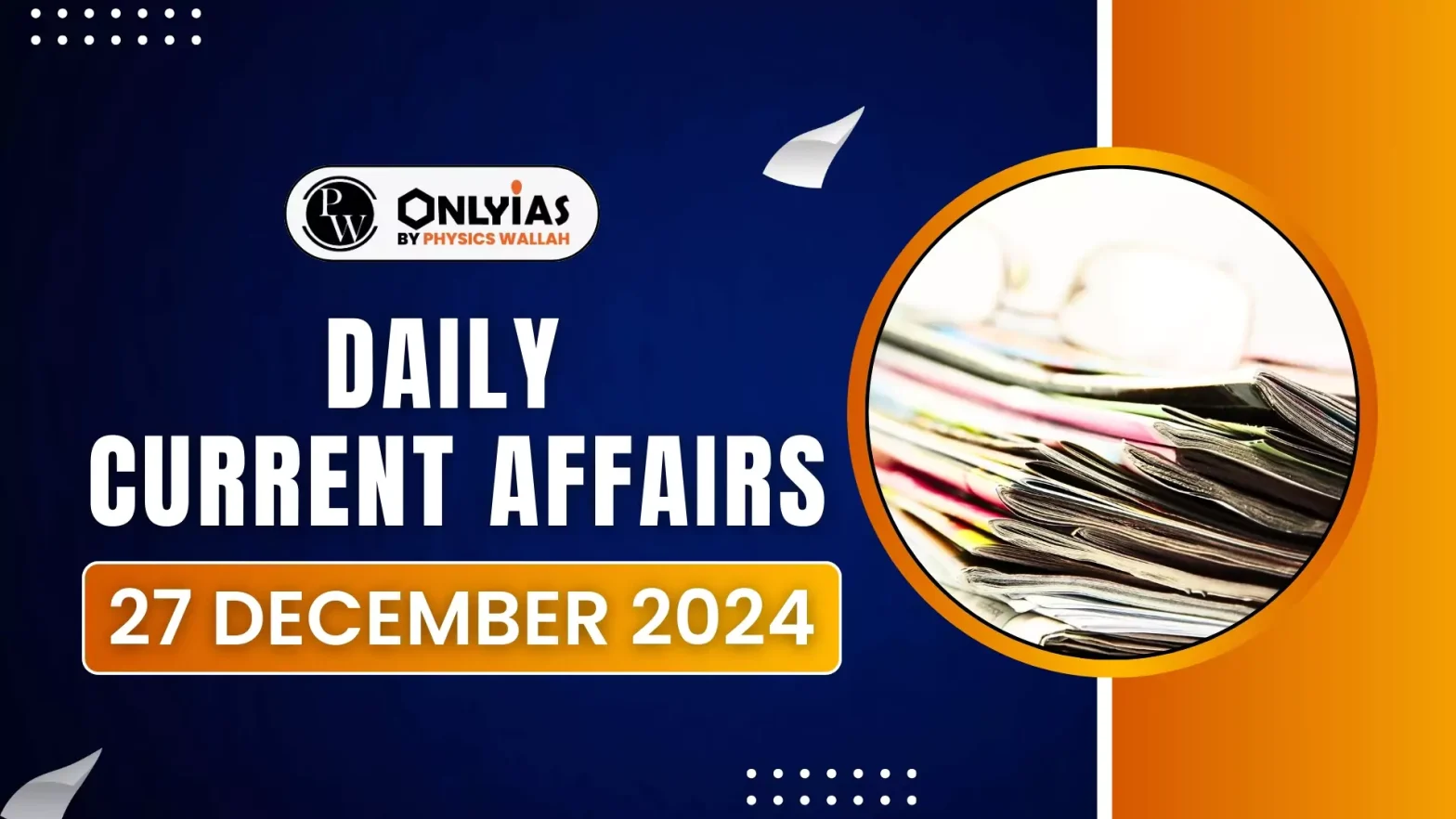Researchers from Patna’s Mahavir Cancer Sansthan and Research Centre have identified significant arsenic contamination in staple foods and groundwater across 11 districts in Bihar.
About Arsenic
- Arsenic is a highly toxic metalloid which is naturally present in the environment and in the earth crust and groundwater of a number of countries.
 Application of Arsenic: Industrial applications of arsenic are found in, Wood preservatives, Pesticides, Herbicides, Pigments, Electronics and Metal alloys.
Application of Arsenic: Industrial applications of arsenic are found in, Wood preservatives, Pesticides, Herbicides, Pigments, Electronics and Metal alloys.- Sources of Arsenic Pollution:
- Contamination of ground water through geological processes such as sedimentation, and Capillary action.
- Contaminated food, such as rice, wheat, and potatoes through irrigation with Contaminated water.
- Industrial pollution such Coal ash, Tanning Industry discharge , Smoking and
- Certain occupations, such as mining and smelting
- Concerns: Arsenic is a known carcinogen associated with skin, lung, bladder, kidney, and liver cancer.
- Its dermatological, developmental, neurological, respiratory, cardiovascular, immunological, and endocrine effects are also evident.
- Permissible Limit: World Health Organisation’s provisional guideline value for arsenic in drinking water is 0.01 mg/l (10 μg/l) and permissible limit of arsenic in India in absence of an alternative source is 0.05 mg/l (50 μg/l).
Check Out UPSC Modules From PW Store
Key Findings of the study
- Groundwater Contamination: Arsenic levels in groundwater samples ranged from permissible limits to 550.7 µg/L, far exceeding the WHO limit of 10 µg/L in several cases.
- Contaminated groundwater is widely used for irrigation, contributing to arsenic uptake in crops.
- Soil and Sedimentation: Sediments in the Gangetic plains, due to river morphology changes over the past 50 years, are primary arsenic sources.
- Soil contamination is exacerbated by repeated use of arsenic-rich irrigation water, increasing retention and biomagnification.
- Staple Foods:
- Rice: 14% of samples exceeded the FAO limit (highest recorded: 821 µg/kg).
- Wheat: 63% of samples exceeded limits (highest recorded: 775 µg/kg).
- Potatoes: 3% of samples exceeded limits (highest recorded: 1,450 µg/kg).
- Human Exposure:
- Consumption of contaminated rice, wheat, and potatoes has led to elevated arsenic levels in human blood.
- Biomagnification has been identified as a key route of arsenic accumulation.
- This means that the concentration of arsenic increases as you move up the food chain from plants to animals.
- It means that people who eat fish and rice may be exposed to higher levels of arsenic than those who do not.
- Infants and Lactating Mothers: 55% of lactating mothers in exposed regions had arsenic levels in breast milk above WHO limits.
-
- 65% of infants tested had elevated urinary arsenic levels, with only half expelled from their bodies; the rest accumulated in organs like the brain, liver, and kidneys.
- Chronic Health Risks: Long-term exposure is linked to organ damage, cognitive development issues in children, and potential chronic diseases like diabetes.
Way Forward
- Immediate Actions: Medical interventions for affected populations, particularly infants and children.
- Regular testing of groundwater, soil, and food products for arsenic.
- Policy and Awareness: Awareness campaigns to educate rural communities about arsenic risks.
- Introduction of safer agricultural practices and exploration of alternative water sources for irrigation.
- Research and Monitoring: Ongoing monitoring of arsenic levels in the ecosystem to assess contamination trends and effectiveness of interventions.
![]() 27 Dec 2024
27 Dec 2024

 Application of Arsenic: Industrial applications of arsenic are found in, Wood preservatives, Pesticides, Herbicides, Pigments, Electronics and Metal alloys.
Application of Arsenic: Industrial applications of arsenic are found in, Wood preservatives, Pesticides, Herbicides, Pigments, Electronics and Metal alloys.
